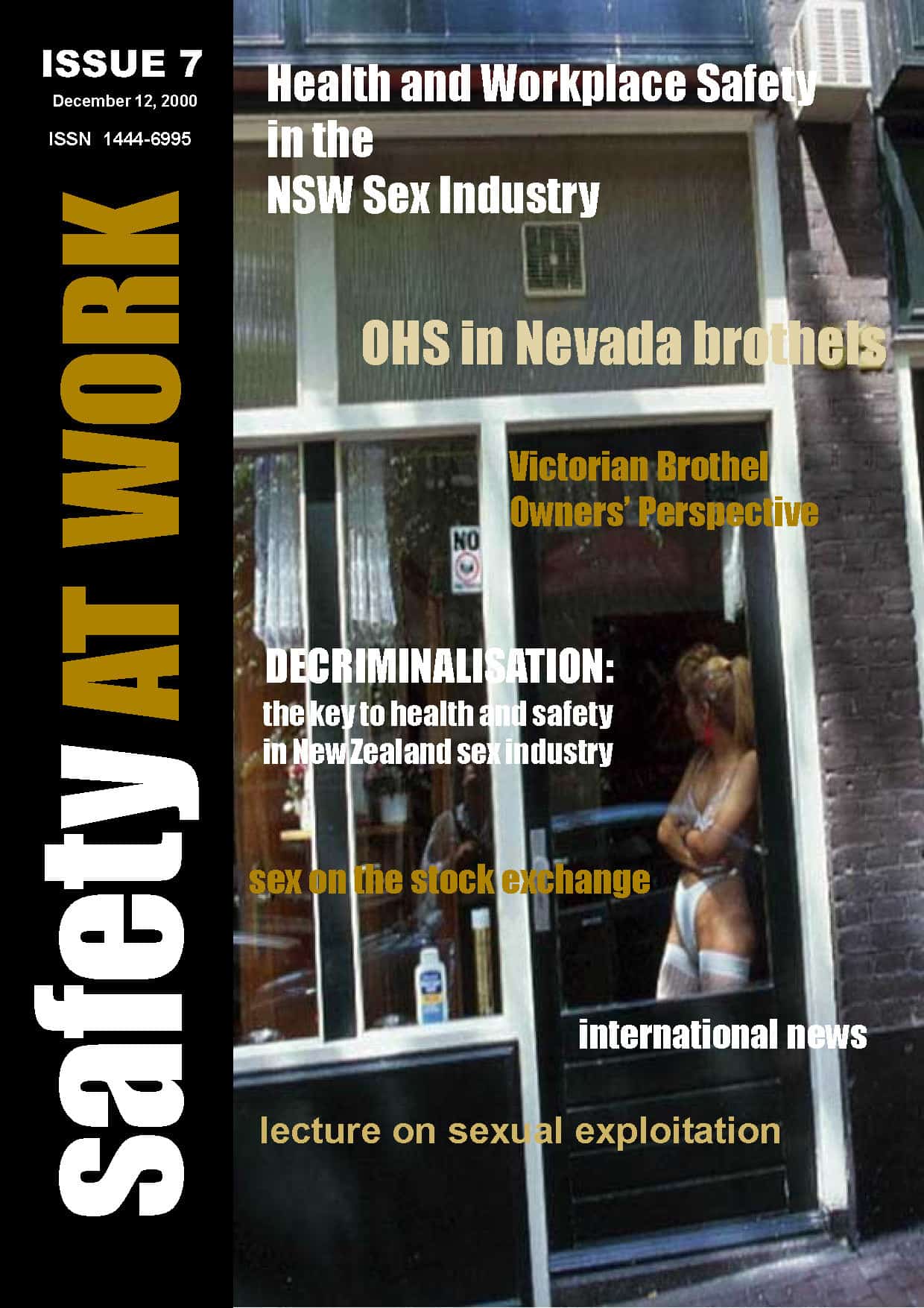On 26 February 2016, a recent documentary about a portion of the American coal-mining industry, Overburden, was shown with a panel discussion, as part of the Transitions Film Festival in Melbourne. The film is commonly promoted as an environmental film but it also touches on
- Corporate and executive arrogance;
- A complete disregard to worker safety;
- Excessive influence of industry lobbyists in the political process;
- The socio-economic impacts of allowing an industrial monopoly;
- Personal perspectives of risk.
The trailer hints at some of these issues. (A traditional mainstream review of the film is available HERE)
The panel drew direct lines between the Appalachian issues raised in the film with the socio-economic issues in Victoria’s LaTrobe Valley that resulted from the Hazelwood Mine Fire. Continue reading “Overburden exposes the social burden of workplace death and illness”

